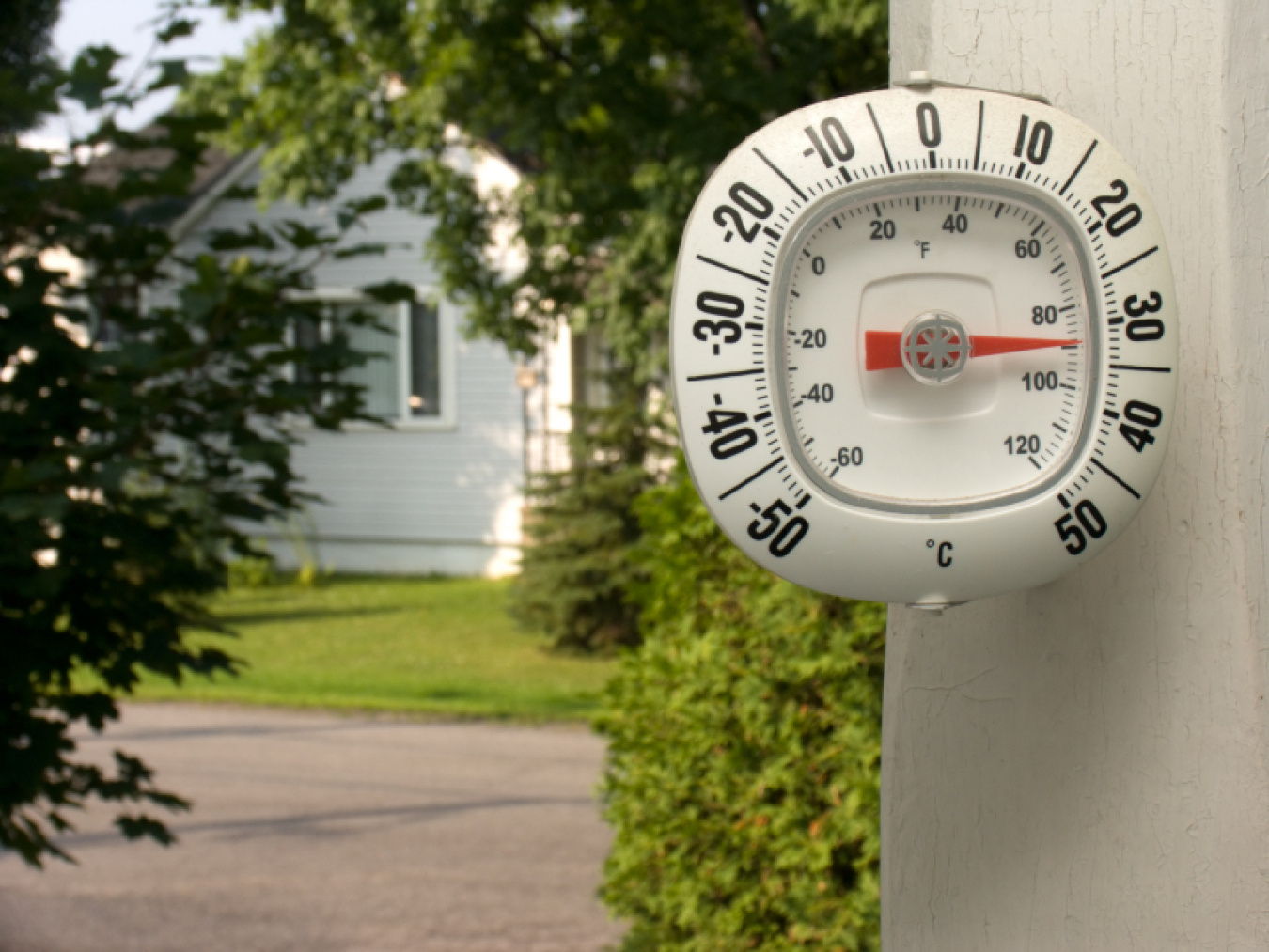
Switching to green sounds onerous, but it’s easier than you think. You can help protect the environment will any change you make, large or small. The following tips will help you incorporate green energy into your life.
The government has grants available to those who are willing to invest in alternative renewable energies. To find out which programs are available in your area contact your local government. For example you may be able to qualify for a grant for the installation of solar or wind powered technologies.
During the summer time, you should consider drying your clothes using the sun as opposed to using the dryer. The sun could give your clothes an incredible smell. You clothes will smell clean and fresh when line dried. You can also save money on your energy bills.
When not being used, turn things off. Whenever you leave a room, get into the habit of turning off lights, televisions, and computers. Use a power strip for your home electronics, and turn it off when you aren’t using the equipment. If something is left in standby mode, it is still wasting power.
Don’t run your dishwasher if it is less than totally full. It consumes the exact same amounts of electricity and water even if it’s not full. Using the air-dry setting will save energy when you run the dishwasher.
Pay attention to any federal or local rebates offered for making alternative-energy updates to your home. In a few cases, local utility companies tend to offer rebates for expenses associated to upgrades. Also look into tax deductions offered by the government that may apply to your green energy technology. Rebates and tax credits can make it a lot cheaper to upgrade your home, to make it more energy efficient.
Switch over to getting information through email. So, try your best to be as paperless as you possibly can. Businesses will have a much easier time communicating with you, and they will be saving energy. Most importantly, it helps to protect the environment.
Make use of a solar-powered oven for baking. It’s fairly easy to make a solar oven using a discarded window box lined with foil to reflect the heat. Solar ovens can be heated over 300 degrees and only use the sun for energy.
Another great idea would be to use bio-fuels for house heating. These fuels come from vegetable or animal fats, wood, and oils. If your existing furnace runs on propane, it is quite easy for a professional to make the alterations required so it can perform as efficiently using a fuel blend. Up to 99% can be biodiesel. However, it is important that you seek professional advice before any attempt is made to utilize this fuel.
One easy, common sense tip to save energy is to shot off all the lights when you exit a room. Do this at all times. If you establish a habit of extinguishing your lights, you will be amazed at the amount of energy you can save in the long run. Your power bills will also be significantly less.
One of the simplest ways to be environmentally friendly is to install a water-saving toilet. Some estimates report that about half of the water consumption in a home is from the toilet. Older models typically waste 5 gallons to flush, whereas newer models that are water-saving use about 10.6 gallons. This can save 70% of your water usage each year.
On-demand water heaters are great energy savers. Water heaters normally run all the time, even if hot water isn’t needed. You’ll get hot water whenever you need it without having to wait for it to heat up. You’ll also save a lot of energy.
Although it is probably common sense, usually, most people forget to shut off lights and electronics when not using them. By being more conscious and vigilant, they can help save both the planet and money on their electric bills. Think about what you do before you do it, and turn off those lights and appliances when they are not in use.
Consider bamboo items when making a wood purchase. Bamboo is technically grass and is a “green product”, but it is often much stronger than other available woods. Its rate of growth is very high and is being utilized for everything from wood flooring to cutting boards. Thanks to this, energy is saved when it comes to production and recycling.
One way to make your home use less energy is to weatherize it. Ideas to help weatherize your home include adding insulation, sealing furnace ducts and installing energy efficient windows. Also, with these changes, your monthly energy bill will be significantly reduced!
Ceiling Fans
You should always be using your ceiling fans, even in the winter. With a clockwise rotation, they can be used to circulate the air and help the warm air come down. This will help the room feel warmer and the heater will not be used as much. The amount it costs to run ceiling fans is insignificant compared to the amount of energy necessary to run your furnace.
Get a greener home by making more responsible light usage a priority. Try to wait as long as you can before you turn on lights in the summer months when the sun is out longer. Dimmers can cut the amount of energy lights consume. You should also consider sensors that will turn off lights when people exit the room.
Lower your water heater temperature to 120 degrees to save energy and money. You can see significant savings on your energy bill while still having water that is hot enough for your needs.
Going green doesn’t have to be complicated. As you can see from the advice above, the thing you can do to make your home just a bit greener are easily found. Make sure you use the tips you have just read. It won’t be nearly as hard as you thought, and it will produce some very positive effects.